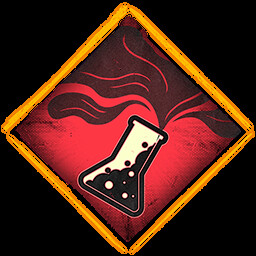Install Steam
login
|
language
简体中文 (Simplified Chinese)
繁體中文 (Traditional Chinese)
日本語 (Japanese)
한국어 (Korean)
ไทย (Thai)
Български (Bulgarian)
Čeština (Czech)
Dansk (Danish)
Deutsch (German)
Español - España (Spanish - Spain)
Español - Latinoamérica (Spanish - Latin America)
Ελληνικά (Greek)
Français (French)
Italiano (Italian)
Bahasa Indonesia (Indonesian)
Magyar (Hungarian)
Nederlands (Dutch)
Norsk (Norwegian)
Polski (Polish)
Português (Portuguese - Portugal)
Português - Brasil (Portuguese - Brazil)
Română (Romanian)
Русский (Russian)
Suomi (Finnish)
Svenska (Swedish)
Türkçe (Turkish)
Tiếng Việt (Vietnamese)
Українська (Ukrainian)
Report a translation problem


 Bendorf, Rheinland-Pfalz, Germany
Bendorf, Rheinland-Pfalz, Germany 








































Stefan-Boltzmann Equation
P = T^4
P = power in watts
T = the temperature of the object in kelvin
T = K^2
The surface temperature of particular object increases from 500K to 2000K. What effect does this have on the rate of transmission of thermal energy from the object
2000/500 = 4 = T
4^4 = 256 = P
The Stefan-Boltzmann relationship can be expressed by considering other variables in the rate of transfer of radiant energy
P = eoA T^4
P = power in watts
A = surface area in m^2
T = the temperature of the object in kelvin
O = the universal constant 5.67 * 10^-8 W m ^-2 K ^ -4
A black plastic water tank (e = .95) holds 1000 L of water at 90 C. The tank is a cube of 1 m length on each side. Estimate the rate of heat loss from the tank, assuming the surrounding environment is at 20 C
90 C = 363 K 20 C = 293
6 * 1 * 1 = 6m^2 SA for a cube
P = .95 * 5.67 * 10^-8 * 6 * (363^4 – 293^4) = 3230 W